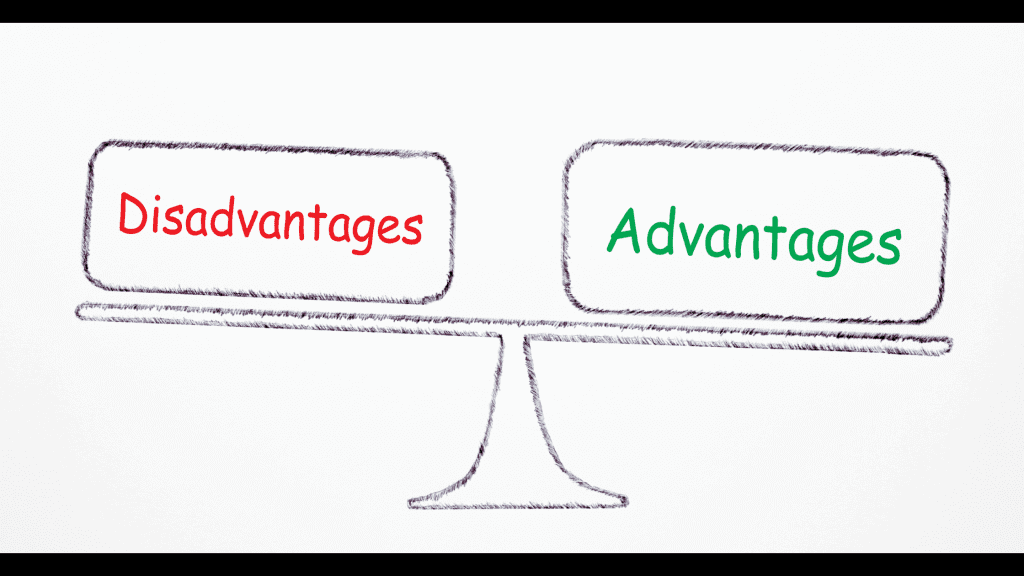
When considering whether to use alternative dispute resolution to settle a dispute, the parties may consider the advantages and disadvantages of alternative dispute resolution mechanisms. Alternative dispute resolution can be an excellent opportunity to resolve a dispute without the time and money required by the litigation process. However, alternative dispute resolution is not the best option in every case.
Knowing which systems may fit a particular scenario the best and what pitfalls to look for when choosing whether or not to use alternative dispute resolution can help the parties make the best decisions for their dispute. This article will briefly outline the different forms of dispute resolution before discussing the advantages and disadvantages of alternative dispute resolution as a whole.
Types of Alternative Dispute Resolution:
There are several different mechanisms for dispute resolution depending on the type of dispute that has arisen and the type of assistance that the parties may need when attempting to resolve the issue.
For a more in-depth look at these processes, please consult other articles on ADR Times. Alternative dispute resolution mechanisms include:
- Negotiation: Negotiation is the process of bartering directly with the other side for a resolution or settlement agreement. This can be formal, with a time set aside for negotiation, or it may be informal settlement discussions. Negotiation is an essential element of most other forms of alternative dispute resolution as well.
- Facilitation: Facilitation is most useful when an issue exists within a group. This process requires a group to work with a facilitator that guides the group through discussions to help identify the problem and, if the group is ready, to help solve the problem.
- Mediation: Mediation is a formal negotiation setting with guidance from a neutral, third-party facilitator. The parties will meet with the mediator on a given day. The mediator will help guide the conversations and get them to a place where they can agree on an outcome.
- Conciliation: Conciliation is similar to mediation in that a neutral third party helps guide them through the negotiation process. However, unlike mediation, the conciliator will often offer suggestions and help the parties settle rather than guide the discussions.
- Case Evaluation: Case evaluation is a process where the parties present their evidence to a third-party evaluator who looks at the evidence and determines the likely outcome of the case if it goes to trial. This opinion is non-binding on the parties, but it often encourages settlement once the parties better understand the likely outcome.
- Arbitration: Arbitration is the most formal of the alternative dispute resolution processes. Here, the parties will present their case to an arbitral panel that will decide the case. It is less formal and time-consuming than litigation. Still, it is the closest to litigation the alternative dispute resolution world may get.
Many other mechanisms combine some of all of these characteristics to help resolve disputes. These systems help people identify and resolve their disputes to move on quickly.
Keep in mind that each mechanism will have specific advantages and disadvantages for resolution. Still, many of the perks and pitfalls will be the same overall.
Advantages of Alternative Dispute Resolution:
Alternative dispute resolution is often touted as the best way to resolve disputes. It is heavily favored by many judges, lawyers, and scholars for its ability to reach agreements without taking time from the overwhelmed judicial system. In addition, there are many advantages to using alternative dispute resolution over traditional litigation, including:
- Saving Time: Litigation can take a lot of time to complete. Depending on the dispute and the issues involved, a case may take months or even years to resolve fully. Most, if not all, alternative dispute resolution methods can be resolved within a few months, if not sooner.
- Saving Money: Because of how much less time is used in alternative dispute resolution, it is also common for people to spend less money on the process. While there may be higher fees for arbitration or mediation than in the court system, the time saved will also save the parties money in attorneys fees. Except for arbitration, most processes will not require as much discovery as a trial, so significant money will also be saved there.
- Avoids Hostility: The litigation process is often very adversarial, which results in hostility between the parties, even if the initial dispute was not damaging to their relationship. Alternative dispute resolution will often remove the adversarial nature of the litigation process and instead encourage the parties to work together to resolve their disputes. Even if this does not entirely restore the relationship, it can help avoid the complete breakdown of the parties.
- Provides Reality: For some parties, the longer they sit with a dispute, the more likely they are to convince themselves that they are right. This can cause a party to miss the reality of their position and hold onto a false sense of what they are entitled to. Alternative dispute resolution can often help the parties acknowledge the other party’s position and see some strengths they may have to help them make better decisions.
- Stays Confidential: The litigation process is a public record that anyone can usually access. Alternative dispute resolution is usually confidential, meaning the dispute stays between the parties and the neutral.
- Feels Informal: There are more formal alternative dispute resolution methods. But the reality is that it is often much simpler and more informal than the litigation process. In most cases, the parties will not need to worry about the rules of evidence or other court rules.
- Allows Experience: Unlike litigation, the parties can choose the neutral based on their experience with a subject matter. This often means that the parties will avoid having to explain details of the problem to the neutral because they will have more of an understanding from the beginning.
While these are only some advantages of alternative dispute resolution, it is easy to see why many people choose alternative dispute resolution over litigation.
Disadvantages of Alternative Dispute Resolution:
There are undoubtedly many benefits to alternative dispute resolution. However, it is also important to note alternative dispute resolution’s disadvantages. The pitfalls of alternative dispute resolution include:
- Surrenders Appeal: Unlike litigation, where a party may appeal a decision after it is made, alternative dispute resolution processes limit the ability of the parties to achieve a different outcome after the process is resolved and the decision is made. This can undercut the accessibility of the process for some.
- Increases Spending: There are more out-of-pocket costs at the beginning of the alternative dispute resolution process that would not be the case in litigation. Parties will have to pay for a neutral, the space for the process, and many other costs. This is why it is essential to weigh the costs of the process with the costs at stake.
- Avoids Binding: Litigation results in a binding decision for the parties. Non-binding can be an advantage of alternative dispute resolution. It can also be a pitfall because the parties may go through the process and not reach a resolution, putting them back at square one.
- Encourages Compromise: The collaborative nature of alternative dispute resolution requires that the parties come to the table with the intent to compromise their position in some way. While this may be a quick result, it may not be the best possible result. A party must have a stellar understanding of what they are entitled to when entering these processes.
- Allows Power: Power imbalances in alternative dispute resolution can cause issues with the neutrality of the process. For example, if one party is more powerful, the other will often feel like they are working to appease them rather than meet in the middle.
- Stalls Process: Because the process is non-binding, some parties will attempt to use alternative dispute resolution as a tactic to stall the proceedings for some time. This can be to buy more time to gather evidence or to cause the plaintiff to wait longer for their award. Spotting when someone is going into a dispute resolution process without the intent of attempting to settle is important when considering the process.
Alternative dispute resolution can be a fantastic way to resolve disputes quickly. Still, it is not the best fit for every dispute. Understanding why it may be a good fit or may not help parties make wise decisions to resolve their disputes in whatever is the best possible way.
Must-read Articles:
- Average Settlement Offers During Mediation - March 12, 2024
- What is Business Litigation? - March 8, 2024
- Solve vs. Resolve: What’s the Difference? - February 7, 2024


